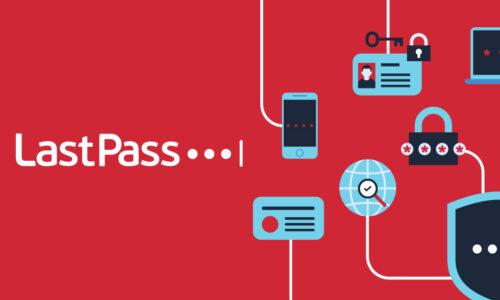
With ransomware attacks in the news again, many companies wonder how to reduce their own cyber risk. No matter how big or small, a company can lessen its attack surface and better protect all access points to the business with a layered cyber defense strategy that emphasizes strong authentication. Multifactor authentication is crucial to lowering the risk of a successful ransomware attack, especially when paired with well-managed password security.
In a ransomware attack, a victim downloads malware that encrypts the data on their computer. The malware then holds the data hostage until the victim pays the attacker a lump sum of money. This method of data extortion skyrocketed in popularity since the COVID-19 pandemic, with an estimated 150% increase in the number of ransomware attacks and more than a twofold increase in the average ransom demand in 2020.
Recent attacks against companies like SolarWinds and Colonial Pipeline show the devastating impact of ransomware - from financial loss to PR nightmares. SolarWinds says cleaning up the hack's damage cost upwards of $18 million. In comparison, the Colonial Pipeline attack set off region-wide panic about gas shortages even as the company paid a $5 million ransom to get its data back.
In response to these and other attacks, the Biden administration recently issued an executive order on cybersecurity. Included is a mandate for the use of multifactor authentication when accessing government networks.

